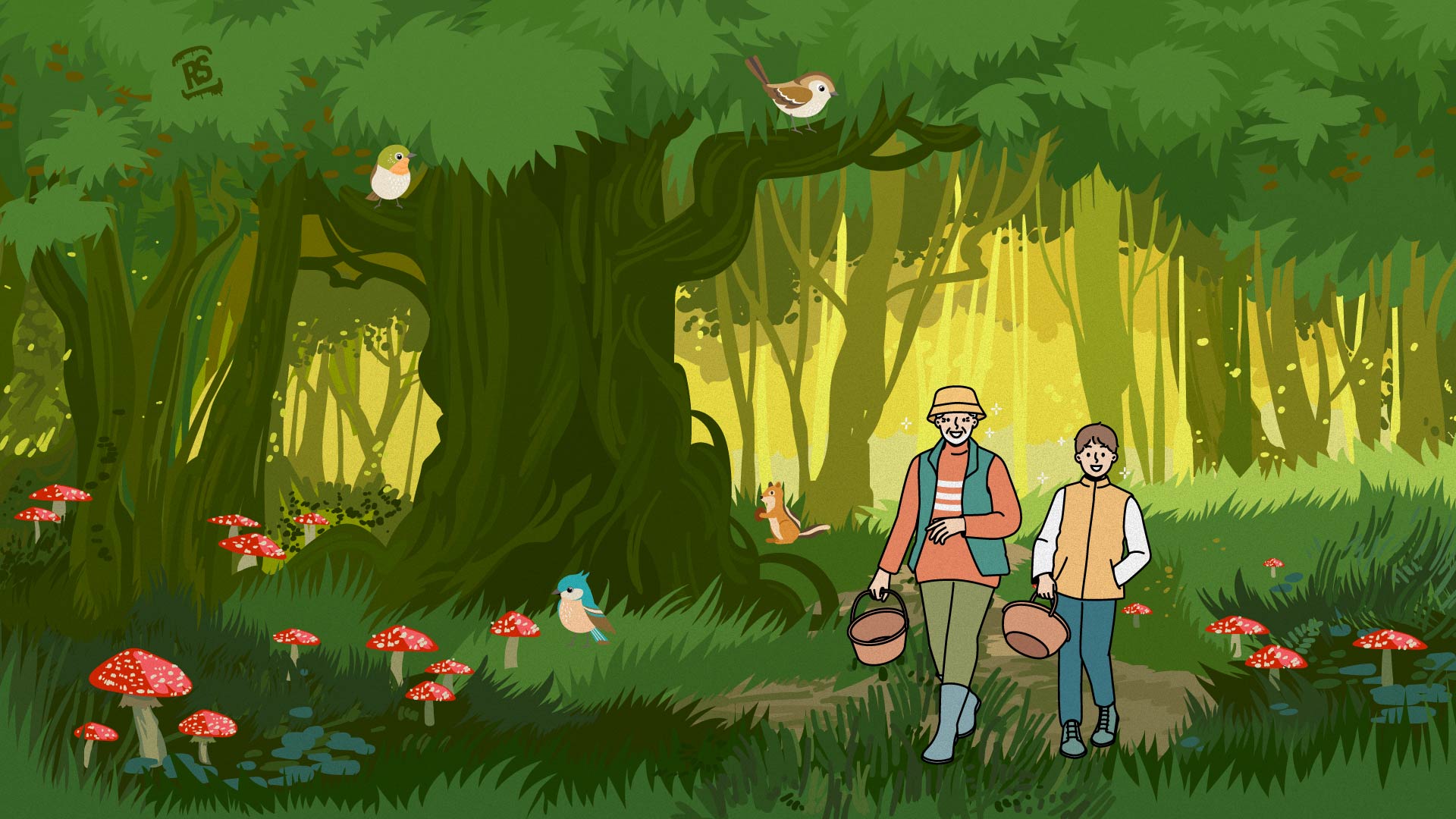Intention: To equip readers with the essential knowledge and skills for mushroom foraging, ensuring a safe and rewarding experience in the wild, while fostering a deeper connection with nature.
From the culinary enthusiast to the spiritually curious, mushroom foraging invites us all to partake in an ancient practice of discovery and connection. There’s “mushroom” for improvement in all of our lives, after all. This guide provides a comprehensive look at this practice, setting its roots firmly in the rich soil of scientific knowledge and ecological consciousness.
The Fascinating World of Fungi
Mycology, the study of fungi, reveals a vast network of organisms integral to our ecosystems. From decomposers breaking down organic material to symbiotic relationships with plants, fungi play a critical role. Famed mycologist Paul Stamets refers to this as “Nature’s Internet,” a concept that showcases the importance of these often overlooked organisms.
What Is Mushroom Foraging?
Mushroom foraging, or mushroom hunting, is the act of searching for and collecting mushrooms in their natural habitats. It is a practice steeped in tradition, connecting humans with nature in a unique way. Whether you are seeking culinary delights, medicinal miracles, or the mystical psychedelic fungi, mushroom foraging is a journey into the heart of the earth’s most secretive and symbiotic organisms. But remember, it’s not just about finding the “fun-guys,” it’s about respect, education, and stewardship for our ecosystems.
Know Your Foraging Region: The Pacific Northwest
The Pacific Northwest, encompassing Oregon, Washington, and British Columbia, is renowned for its fungal diversity. This lush region is defined by its temperate rainforests, mountain ranges, and coastal environment, each fostering a unique blend of fungal species.
The mushroom calendar in the Pacific Northwest is notably vibrant during fall, following the return of rain after the dry summer months. However, diligent mycologists may find that certain varieties of fungi can be discovered year-round.
Among the array of mushroom species thriving here, you’ll find the famed Chanterelle (Cantharellus cibarius), the delectable Morel (Morchella spp.), the culinary prized King Bolete, commonly known as Porcini (Boletus edulis), and the strikingly beautiful Fly Agaric (Amanita muscaria).
The region is also a hotspot for Psilocybe mushrooms. This genus, renowned for its psychedelic properties, includes species such as Psilocybe azurescens and Panaeolus cyanescens, which are native to the Pacific Northwest.
Foraging in the Pacific Northwest is not just about the mushrooms you find, but about immersing yourself in breathtaking forests, understanding complex ecosystems, and fostering an intimate connection with nature. As the saying goes, “A day in the woods is never a ‘wasted’ day.” Just remember, as much as we are inclined to discover the secret lives of fungi, we have to protect and sustain these habitats for the “fruiting” generations to come.
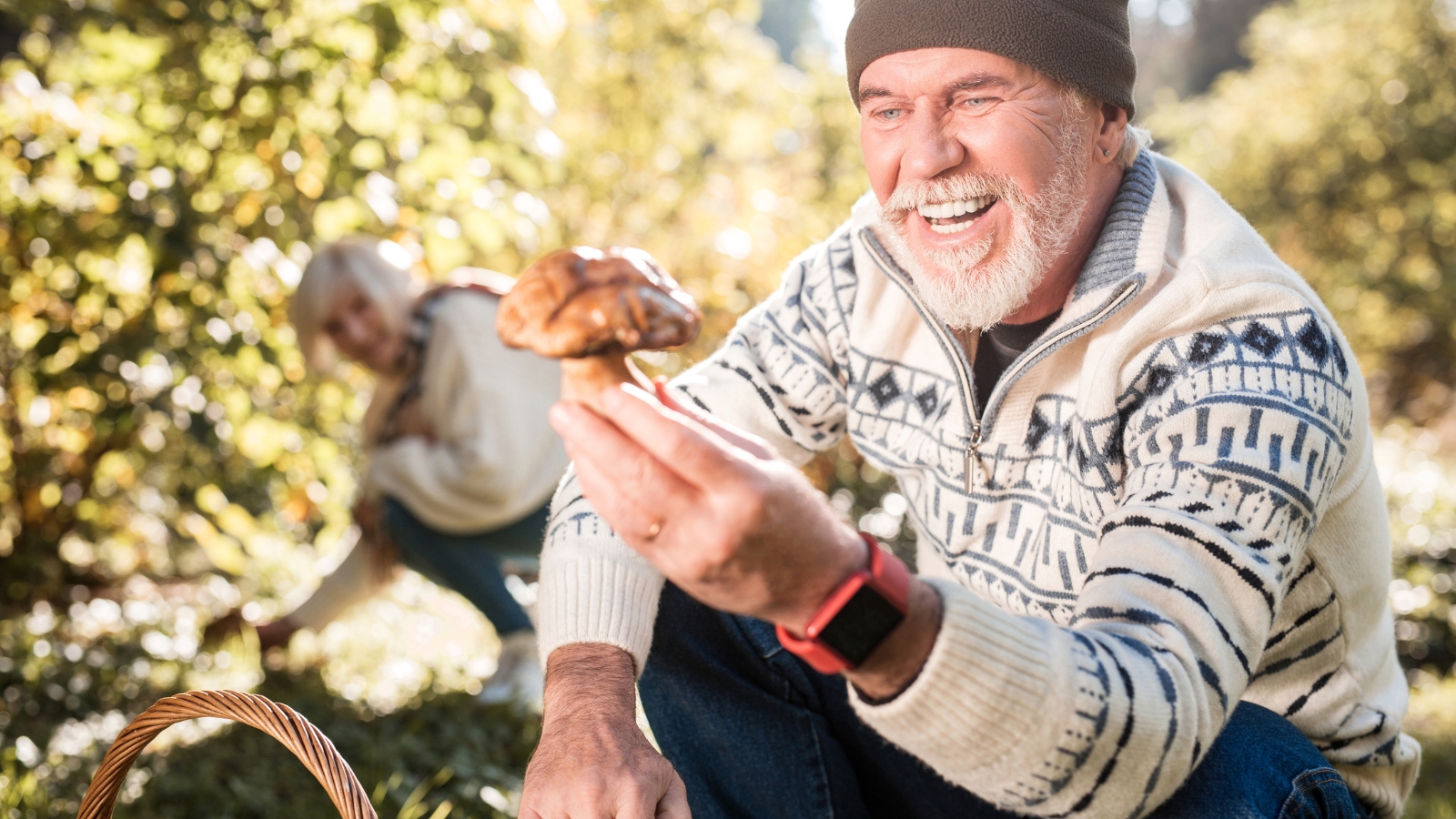
The Basics of Mushroom Foraging
Embarking on the path of mushroom foraging requires not just curiosity, but also knowledge and respect for the natural world. The following fundamentals can help guide your mycological journey.
Season
While mushrooms can be found year-round, they particularly flourish in the Pacific Northwest during fall. Following the dry summer, the onset of autumn rains ushers in a remarkable fungal bloom. But remember, all that glitters is not gold – not every mushroom is safe or edible.
Location
Knowing where to look is key. Forests, meadows, gardens, and even your backyard could be potential hotspots. Certain mushrooms prefer specific tree species or certain soil conditions. For instance, Morels are often found in recently burned forest areas, while Chanterelles have a preference for coniferous forests.
Respect the Environment
Mushroom foraging should always be conducted responsibly. Follow the forager’s code: take only what you need, tread lightly, and leave no trace. Foraging isn’t just about taking – it’s also about appreciating and preserving the ecosystem.
Safety
Some mushrooms are toxic and can cause serious harm if consumed. Hence identification is critical. Always be 100% sure of a mushroom’s identity before considering it for consumption. When in doubt, it’s better to leave a mushroom where it is than risk a misidentification.
Community
Joining local foraging groups or mycological societies can enrich your foraging experience. Sharing knowledge and experiences with others not only improves your identification skills but also fosters a sense of community.
Equip Yourself: Mushroom Foraging Essentials
Properly equipping yourself for a mushroom foraging adventure can make your experience safer, more efficient, and ultimately more enjoyable. Here are the must-haves for your mushroom hunt.
Clothing
Weather in the Pacific Northwest can be changeable, so dressing in layers is a good strategy. A waterproof jacket may be handy in case of rain, and sturdy, comfortable footwear is essential for traversing a variety of terrains. Remember gloves to protect your hands from thorns or rough bark.
Basket or Mesh Bag
A wicker basket or a mesh bag is ideal for collecting mushrooms. These allow spores to disperse as you walk, contributing to the propagation of more mushrooms. Plus, there’s something delightfully traditional about a basket brimming with foraged fungi.
Knife
A specialized mushroom knife equipped with a brush at the end is perfect for cutting stems and brushing off excess dirt. A regular knife will also do the job. Remember, we cut mushrooms, not pull. It’s more considerate of the mycelium and the forest ecosystem.
Field Guide
A good field guide is a mushroom forager’s best friend. Choose one that is specific to your region for more accurate identification. Include digital resources, too – apps with image recognition technology can be handy.
Compass or GPS
While the allure of the search can lead you off the beaten track, ensuring you stay aware is critical. Carry a compass or GPS device for navigation, particularly in larger forests or unfamiliar areas.
Food and Water
Foraging is an energetic activity, and keeping well-hydrated and nourished is important. Pack plenty of water and high-energy snacks to keep you going.
First-Aid Kit
Always be prepared for minor accidents with a basic first-aid kit. Include essentials such as band-aids, antiseptic wipes, tweezers, and any personal medication.
Notebook and Pen
Documenting your finds, including the location, characteristics, and accompanying vegetation, can be very useful, particularly for beginners. It helps track your learning progress and can be a great tool for future identification. Grab a fun notebook to log all your shroom findings.
Camera
Photographs can help with identification and serve as a good record of your foraging adventure. They can also capture the beauty of the mushrooms in their natural habitat, serving as reminders of your connections with nature.
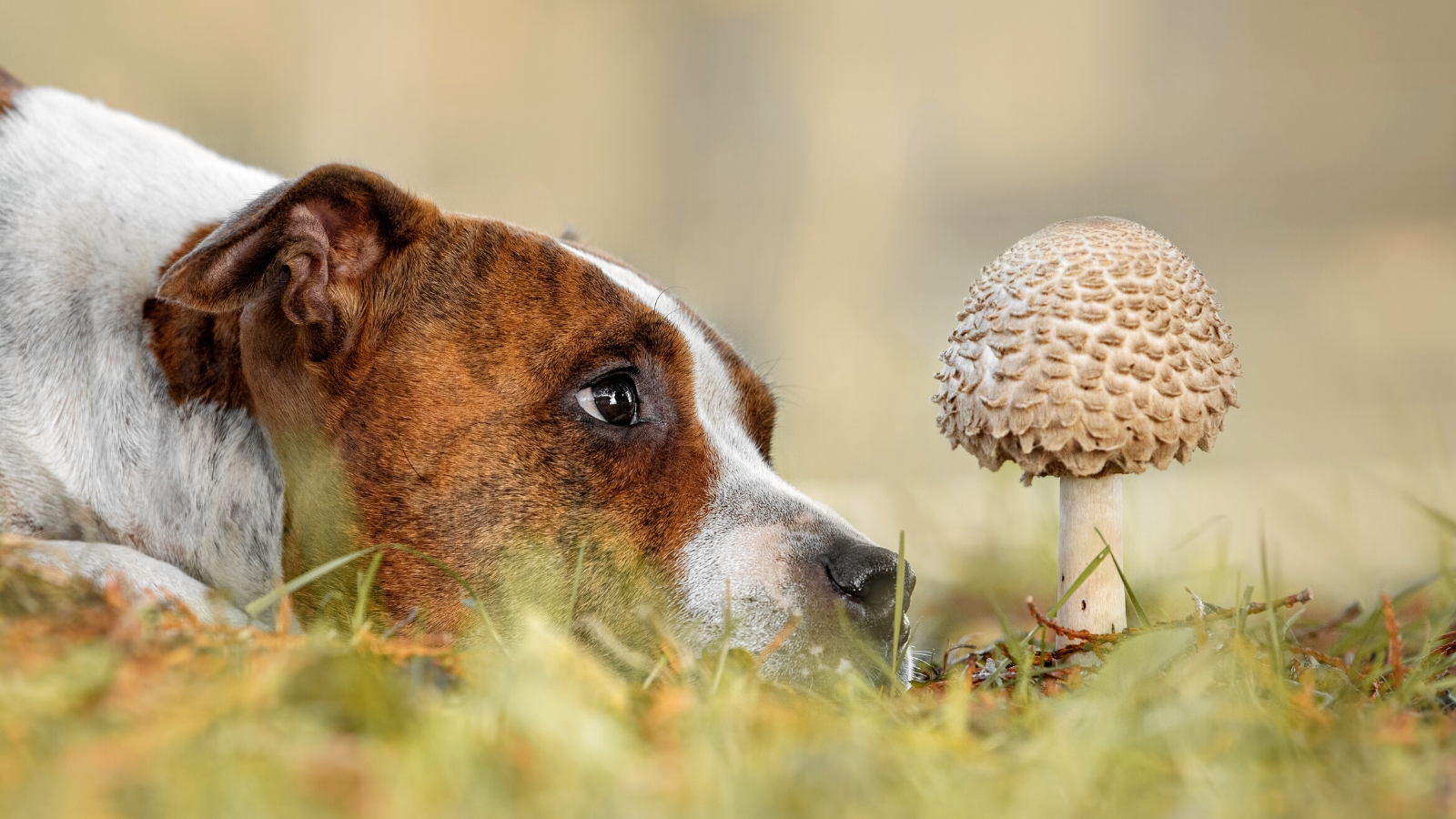
Foraging for Gourmet Mushrooms
The Pacific Northwest is a veritable smorgasbord of gourmet edible mushrooms. They grace our forests and our plates, adding depth and complexity to a variety of dishes. Below are some of the key species to look out for.
- Chanterelles (Cantharellus cibarius): Recognizable by their yellow-orange hue and vase-like shape, Chanterelles are a sought-after delicacy. They grow in coniferous and mixed forests and have a fruity, peppery taste.
- Morels (Morchella spp.): Morels, with their distinctive honeycomb cap, are highly prized. Often found in recently burned forest areas in the spring, they offer an unparalleled earthy and nutty flavor.
- Porcini (Boletus edulis): Also known as the King Bolete, Porcini mushrooms are famous for their hearty texture and rich flavor. They prefer coniferous forests and can be found in summer and fall.
- Matsutake (Tricholoma matsutake): Matsutake mushrooms have a distinctive spicy-aromatic odor. Although they are harder to find due to their preference for specific tree symbionts, they are a sought-after Asian delicacy.
- Truffles (Tuber spp.): Although more difficult to find as they grow underground near the roots of trees, truffles are worth the effort. Their intense, earthy aroma is treasured in gourmet cooking.
Foraging for these culinary treasures can be a joyous experience, but it’s essential to remember that correct identification is crucial. Only consume mushrooms if you’re sure of their identity and edibility. “Safety first” is the motto of every experienced mushroom hunter.
Foraging for Psychedelic Mushrooms
Psychedelic mushrooms, those containing the psychoactive compound psilocybin, have been used for millennia for spiritual and medicinal purposes. The Pacific Northwest is home to several of these species. However, while the quest for psychedelic mushrooms can be rewarding, it also requires careful attention to safety and legality.
- Psilocybe azurescens: Known as the world’s most potent psilocybin mushroom in terms of psilocybin and psilocin concentration, this species is native to the Pacific Northwest. It prefers sandy soils, especially in coastal dune grasses.
- Psilocybe cyanescens: Commonly referred to as the “wavy cap” for its distinctive undulating cap, this species is also prevalent in the Pacific Northwest. It favors decaying wood and is often found in areas rich in wood chips or mulch.
- Psilocybe semilanceata: The “liberty cap,” known for its unique pointed cap, is widespread in grasslands, pastures, and meadows across the region, particularly during the cooler months of fall.
Despite the allure of these potent fungi, safety, and legality must remain at the forefront of any foraging activity. The possession and use of psilocybin mushrooms are currently illegal in many jurisdictions, including some parts of the Pacific Northwest. Always be aware of and respect the laws in your area.
Furthermore, accurate identification is paramount. Many toxic species resemble psychedelic ones, posing a serious risk if consumed. Novice foragers are strongly encouraged to seek guidance from experienced mycologists or local mycology societies.
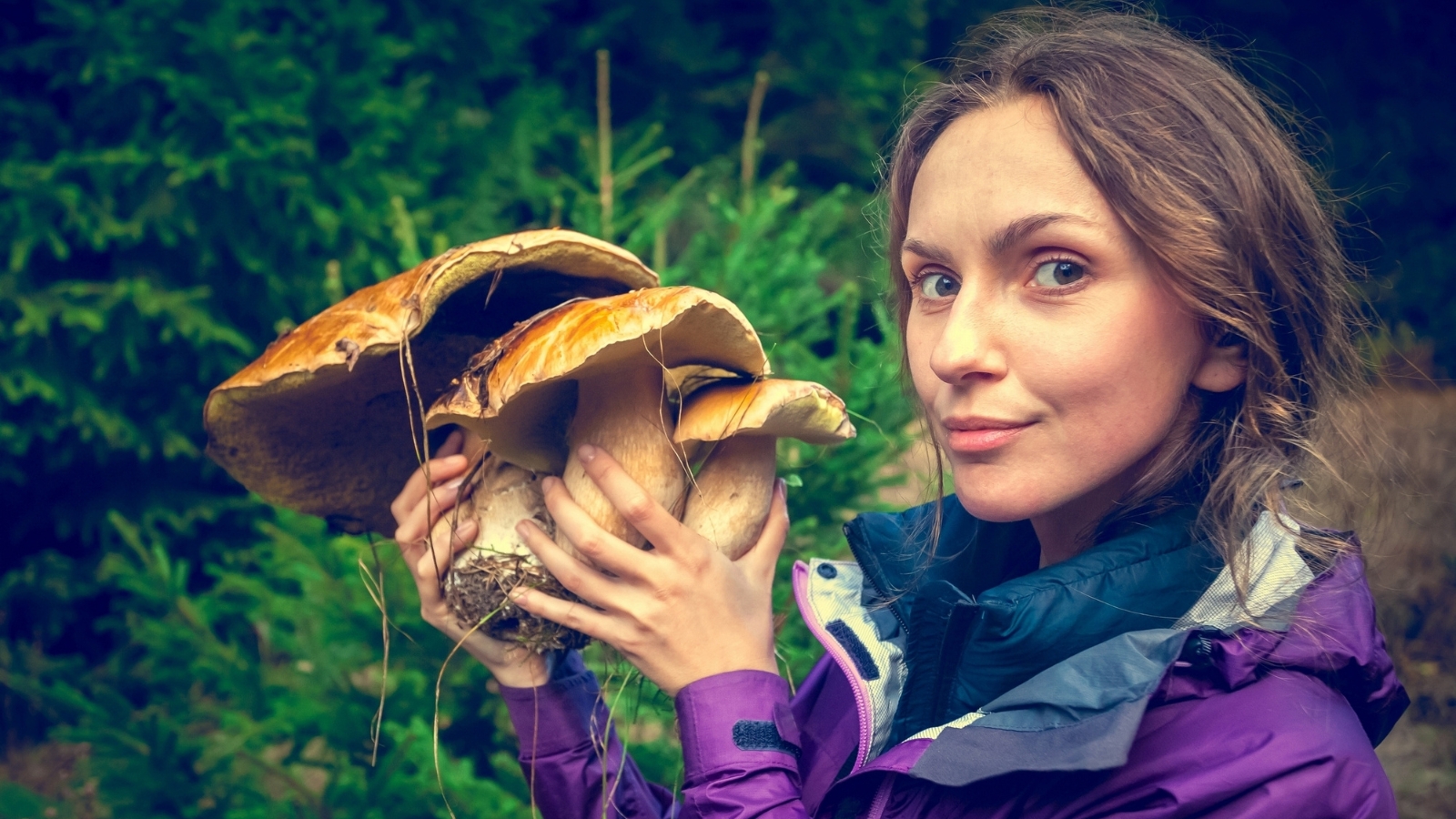
Global Mushroom Foraging Hotspots
While the Pacific Northwest is a mycological treasure trove, it’s far from the only place where mushroom enthusiasts can indulge their passion. Our fungal friends can be found in diverse habitats across the globe, each region offering its unique mycological delights.
Europe: France and Italy
Known for its culinary prowess, France is a haven for mushroom lovers. From the sought-after Cèpes (a Boletus edulis), found in the forests of Dordogne, to the delicate Girolles (Cantharellus cibarius) of Provence, the country is a gourmet’s delight.
Italy’s diverse climates and landscapes foster a wide variety of mushrooms. Porcini is highly valued here, and the fragrant truffles of Piedmont and Umbria are globally renowned. Mushroom foraging is ingrained in Italian culture, adding a local flavor to this fungal adventure.
North America: Appalachian Mountains, USA
This vast stretch of the eastern US, encompassing parts of several states, is rich in fungal biodiversity. This region is a feast for foragers, from Morels in the spring to Chanterelles in the summer. The Great Smoky Mountains National Park, in particular, is a fungal hotspot, with over 2000 species recorded.
Asia: Japan and China
Japan’s deep cultural and culinary connection to mushrooms is evident in its abundant woodland biodiversity. Here you can find prized Shiitake (Lentinula edodes), Maitake (Grifola frondosa), and Matsutake (Tricholoma matsutake), which is one of the most expensive mushrooms in the world due to its rarity.
With its vast landscapes and diverse climates, China is a mycological wonderland. Yunnan province, in particular, is known for its unique mushroom diversity, including the famous Caterpillar fungus (Ophiocordyceps sinensis), a highly valued medicinal mushroom.
Australia: The Rainforests and Woodlands
Australia’s varied climates and unique flora support a wide variety of mushrooms. While many are endemic and less known to the global community, the continent offers unique species like the fluorescent Ghost Fungus (Omphalotus nidiformis) and the peculiar lattice Stinkhorn (Clathrus archeri).
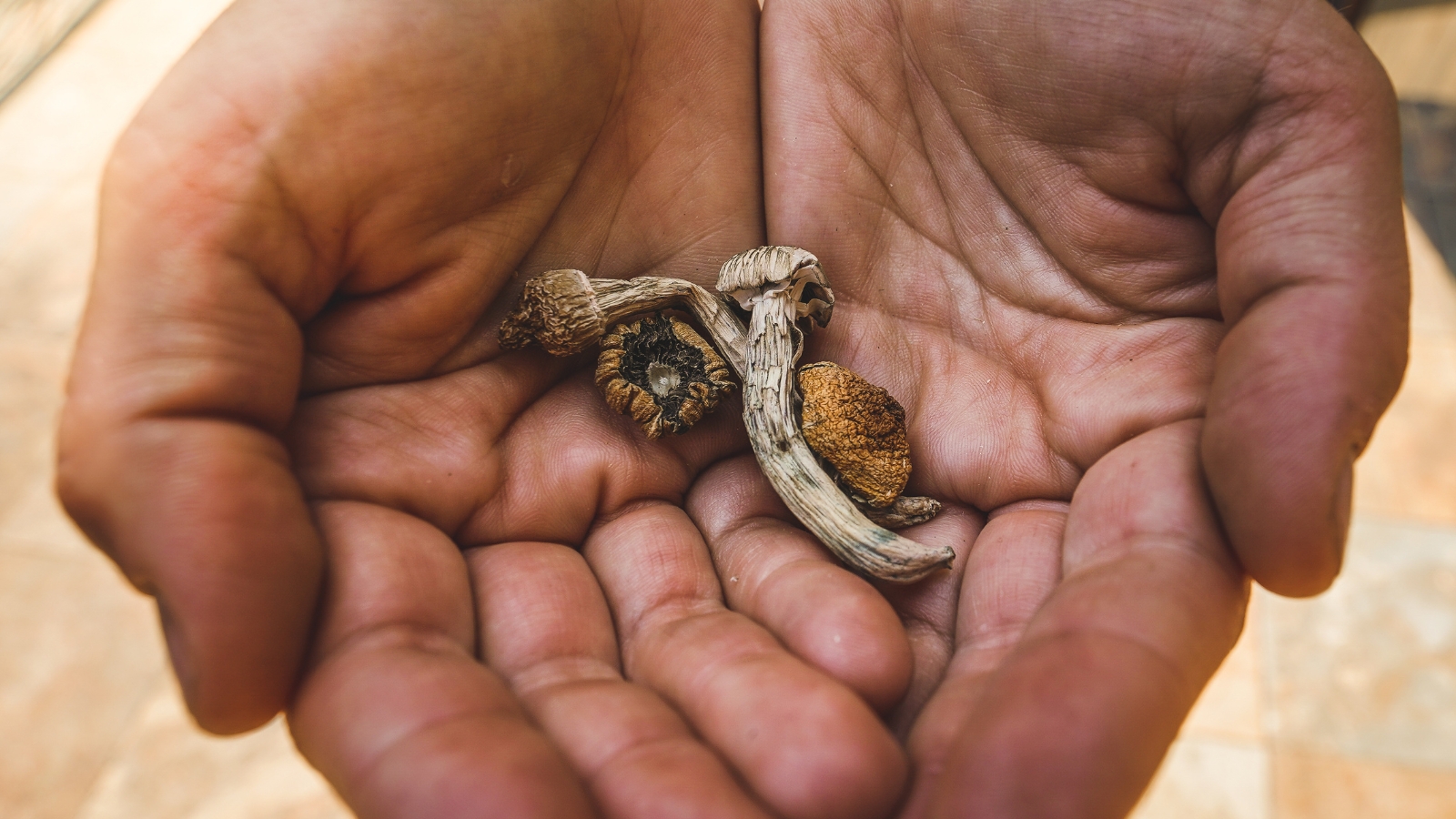
Foraged Mushrooms: Preparation and Consumption
After a successful forage, the thrill of preparing and tasting your wild mushroom harvest can be immensely satisfying. But to ensure safety and enhance flavor, it’s important to follow certain guidelines.
Clean Properly
Gently brush off any dirt or debris from your mushrooms. Some mushrooms may need a light rinse, but avoid soaking them, as they can absorb water and become soggy.
Cook Thoroughly
Most wild mushrooms should be cooked before consumption. Not only does this make them more digestible, but it also helps neutralize any potentially harmful compounds. As the saying goes, “Raw mushrooms are a ‘fun-guy,’ but cooked mushrooms are a safer bet.”
Experiment with Recipes
From soups and sauces to sautés and roasts, you can incorporate mushrooms into many dishes. Try out different recipes to highlight their unique flavors and textures.
Preservation
If you’ve got more mushrooms than you can use, consider preserving them. Drying, pickling, and freezing are all excellent methods of preservation. Some gourmet mushrooms, like Porcini, are especially prized in their dried form.
Moderation
Even edible and choice mushrooms can cause upset stomachs if consumed in large amounts, especially if your body is not accustomed to them. Start with small quantities to see how you react.
Beware of Alcohol
Some edible mushrooms, like the common Inky Cap (Coprinopsis atramentaria), can cause adverse reactions when consumed with alcohol. Do your research before pairing mushrooms with your favorite wine or beer.
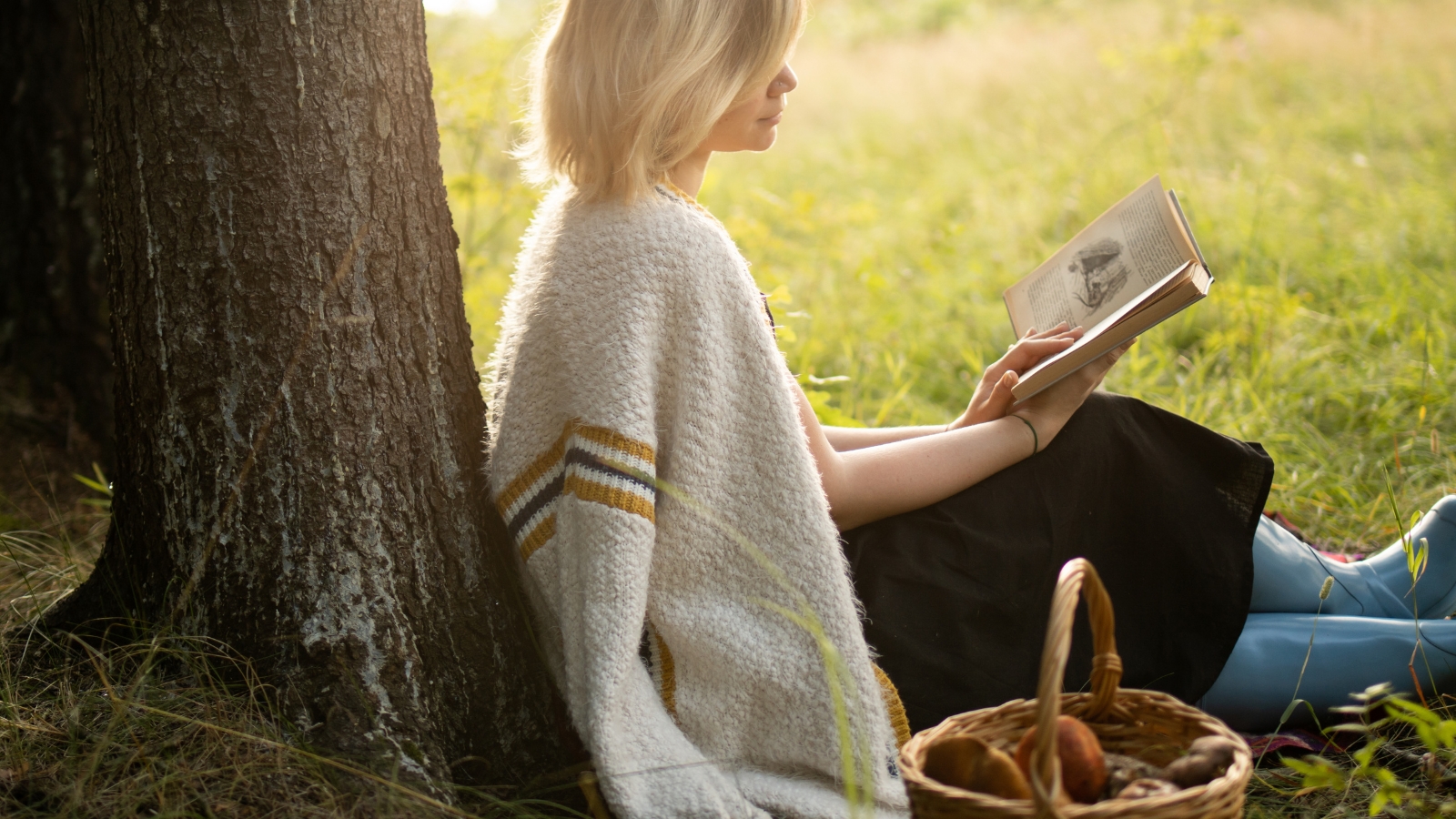
Shroom Onward, Mycophiles
Whether you’re in it for the culinary delights, the psychedelic exploration, or the sheer joy of connecting with nature, mushroom foraging has something for everyone. Remember, the world of fungi is deep and vast – always approach it with respect, curiosity, and a good dose of humility. And, hey, if you’re not into foraging but still want to enjoy the delight of mycology, consider one of our recommended grow kits to get you started.
While we’ve had our share of fun(gi) in this guide, it’s important to remember that mushroom foraging, especially for psychedelic species, involves legal and safety considerations. Always follow local laws, respect nature, and prioritize safety in your mycological endeavors. May your mushroom foraging journey be filled with discovery, learning, and lots of fungal fun!
